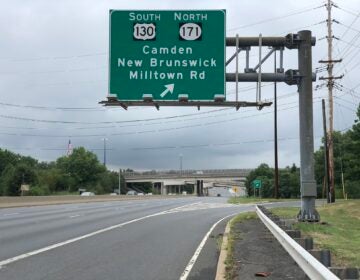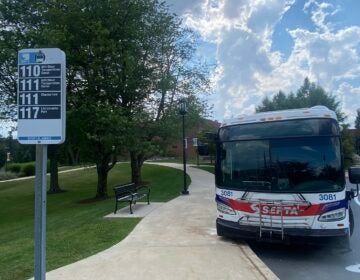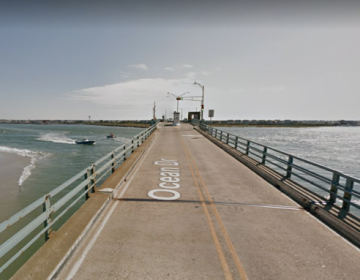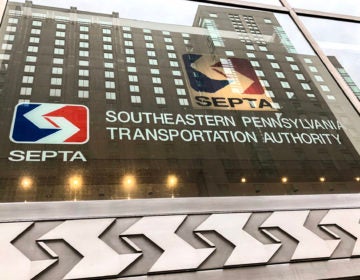A new $16 billion rail tunnel will connect New Jersey and New York City
The project is expected to be completed in 2034. Here’s what you need to know about it.
Listen 1:18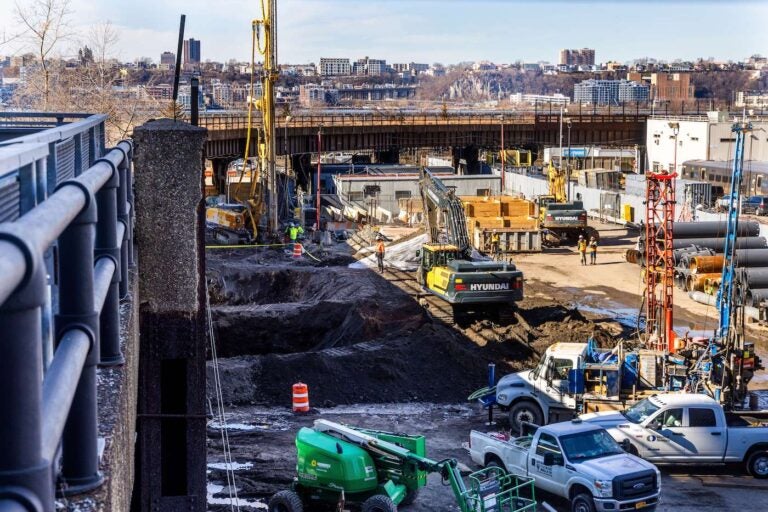
The new Hudson River rail tunnel will stretch 9 miles between New Jersey and New York. (Courtesy of Gateway Development Commission)
From Camden and Cherry Hill to Trenton and the Jersey Shore, what about life in New Jersey do you want WHYY News to cover? Let us know.
Construction on a new rail tunnel connecting New Jersey and New York is underway.
The $16 billion Hudson Tunnel Project is expected to boost the regional economy. Stephen Sigmund, chief of public outreach for the Gateway Development Commission, said right now the Northeast Corridor line, which carries NJ Transit and Amtrak trains, has only one track in and out of New York City. The new tunnel will add “two new tracks, new tubes, under the Hudson River to connect New York and New Jersey on that critical choke point.”
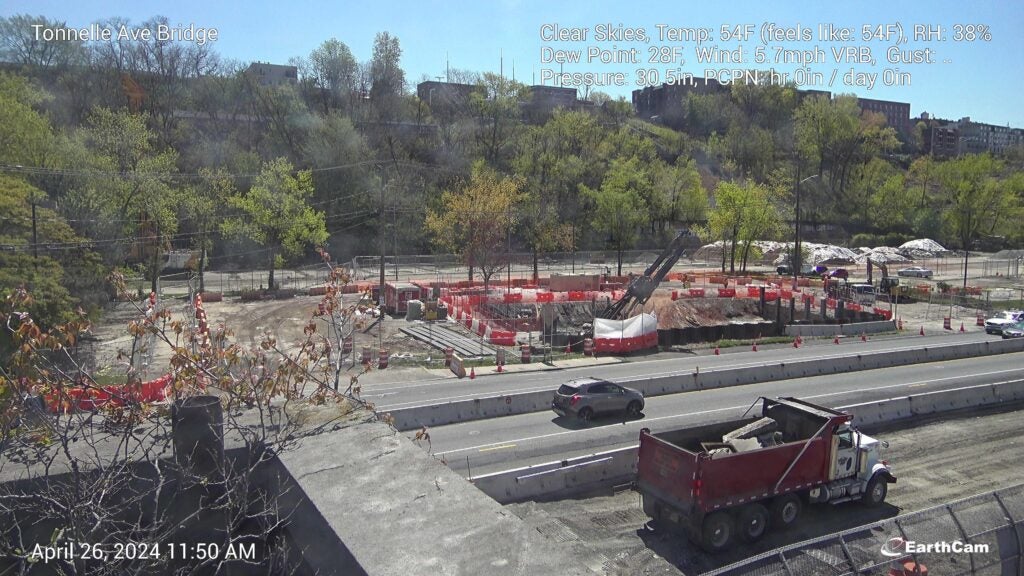
The history of the Hudson Tunnel project
The current Hudson Tunnel project originally took shape as the Access to the Region’s Core project, but in 2010, during Chris Christie’s tenure as New Jersey’s governor, political disagreements over cost-sharing between state governments derailed it.
The Gateway Development Commission was created as a special purpose entity representing New Jersey, New York and Amtrak to develop and facilitate the tunnel project.
Sigmund said the existing tunnel, built in 1910, is also being renovated.
“It is very prone to delays and water incursion and cracking and all sorts of things that happen when you’re 114 years old,” he said.
What the tunnel means for the regional economy
James Hughes, professor and dean emeritus of the Edward J. Bloustein School of Planning and Public Policy at Rutgers University, said the current Northeast Corridor rail line is not up to the standards of high-speed rail travel in Europe, but it carries more passengers between New York and Washington, D.C. than airlines.
“It is critical for moving people up and down the corridor,” he said. “So it is extraordinarily important to the regional economy; the regional economy is the largest part of the U.S. economy.”
He said the tunnel will allow for more mobility and convenience for commuters and “is vitally, vitally important.”
A report released at the beginning of the week by the Regional Plan Association finds that the Hudson Tunnel Project will generate $19.6 billion in economic activity and create approximately 95,000 jobs during its construction.
Hughes noted the specific impact of the number of jobs created and the amount of economic activity generated is always hard to predict, “but certainly it will be one of the largest infrastructure construction projects, perhaps ever.”
Sigmund agreed the project is vital because it gives Jersey residents easy access to “quality, reliable rail transportation, because so many people use it to get to and from their jobs and to and from entertainment.”
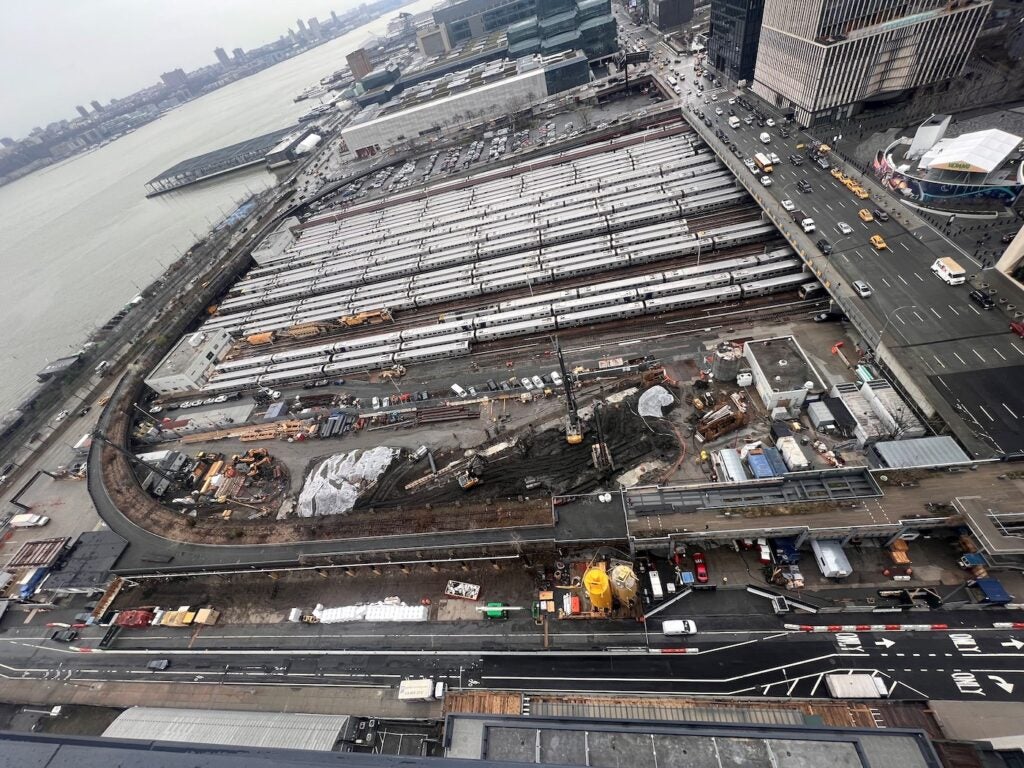
The project’s timeline
Sigmund said work on the Hudson Tunnel began on both sides of the river last November, and that the Hudson River ground stabilization project will begin this summer.
“Where the tunnel comes up, as it gets towards Manhattan, the bottom of the Hudson River has a sort of chocolate pudding consistency there,” he said. “And it needs to be hardened with a combination of soil and water and concrete so that the tunnel-boring machines can get through.”
He said the new tunnels should be completed in 2034. As part of the project, construction workers are renovating the two existing tubes one at a time. The whole project, along with renovations, should be done in 2038.
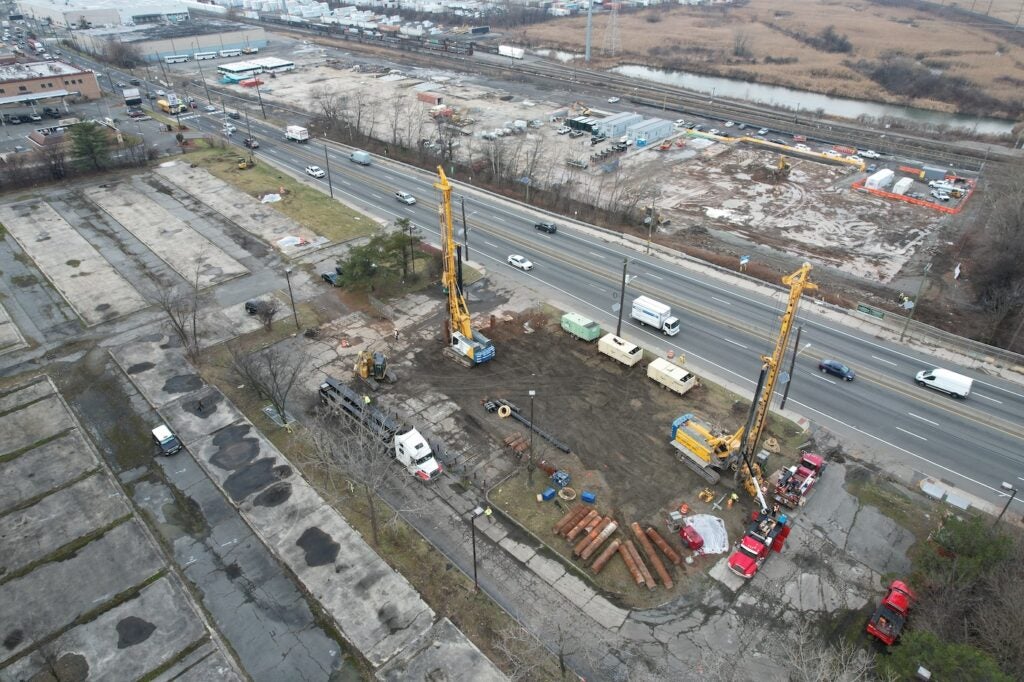
Who is funding the Hudson Tunnel Project?
Sigmund said $12 billion is coming in as federal investment. “It’s really an unprecedented amount of federal money towards a mass transit project, but it’s necessary because this is a critical link,” he said.
The Port Authority of New York and New Jersey, along with New York and New Jersey, is investing $4 billion, with Jersey responsible for $300 million.
The Garden State is already paying $1.6 billion to build a new Portal North Bridge, a few miles from where the Northeast Corridor line moves underground and goes under the Hudson River.
When completed, the new rail tubes will stretch a total of nine miles, from North Bergen, New Jersey to Penn Station, New York.

Get daily updates from WHYY News!
WHYY is your source for fact-based, in-depth journalism and information. As a nonprofit organization, we rely on financial support from readers like you. Please give today.



